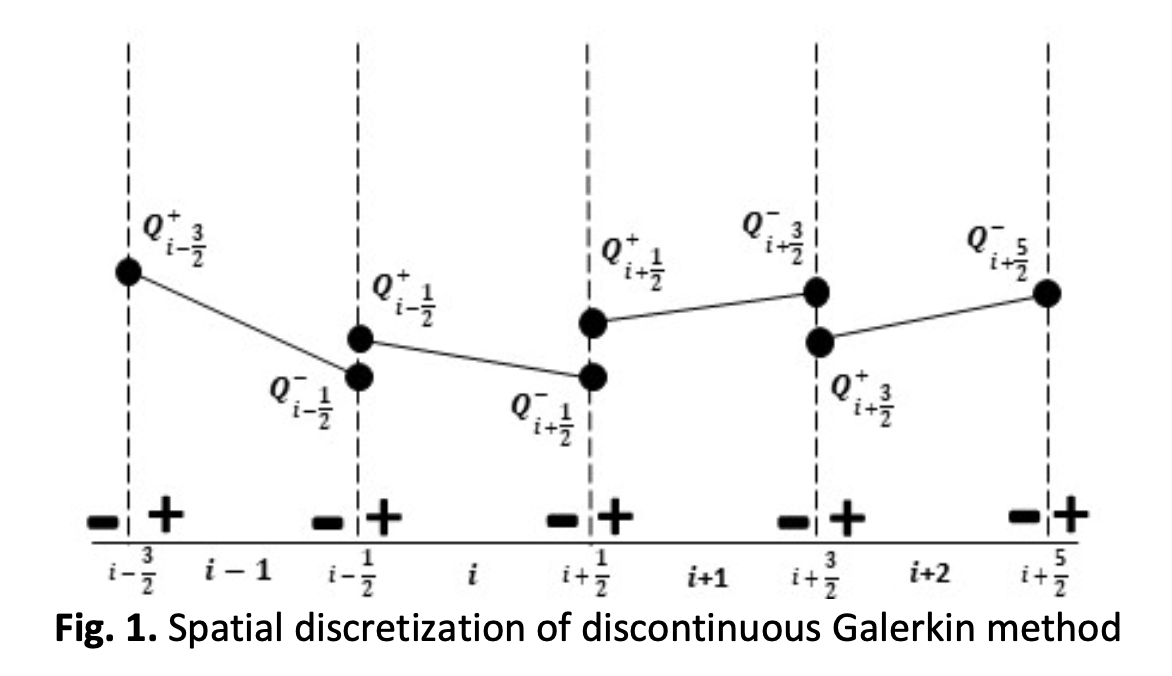Numerical Modelling of a One-dimensional Dam Break Using a Slope-Limiting Positivity-Preserving Discontinuous Galerkin Method
DOI:
https://doi.org/10.37934/araset.27.2.115Keywords:
Numerical Modeling, Discontinuous Galerkin Method, Shallow Water Equation, Dam Break, Positivity-PreservingAbstract
The shallow water equations have been widely used to simulate dam-break problem. Due to the nonlinear and discontinuous nature of the event, application of numerical methods is often plagued with problem such as oscillation and unphysical solutions. The aim of this paper is to simulate a one-dimensional dam break using an improved Discontinuous Galerkin Method. The governing equation is discretized using linear shape function and explicit third-order Runge-Kutta. Problem with negative water depth due to wetting and drying is treated using a combination of thin water layer and min-mod slope limiting techniques. The use of these techniques prevents solution blow-out and oscillation especially at the wet-dry interface. Comparison with available analytical solution shows excellent agreement without under and over-shooting of the solution. Convergence study demonstrate that the overall accuracy of the method is consistent with the shape function order. The method is promising as it can easily be extended to higher order and can be used as an alternative to typical method such as Finite Volume.Downloads
Download data is not yet available.

Downloads
Published
2022-08-21
Issue
Section
Articles



























